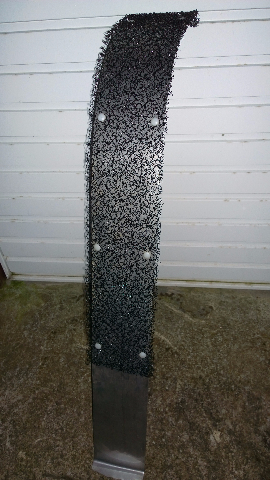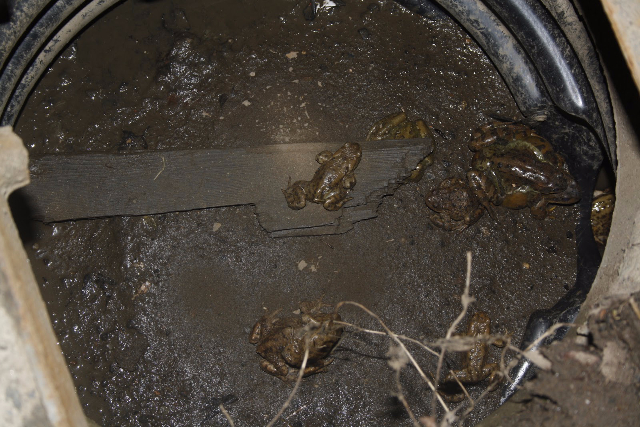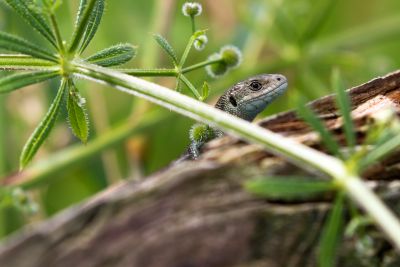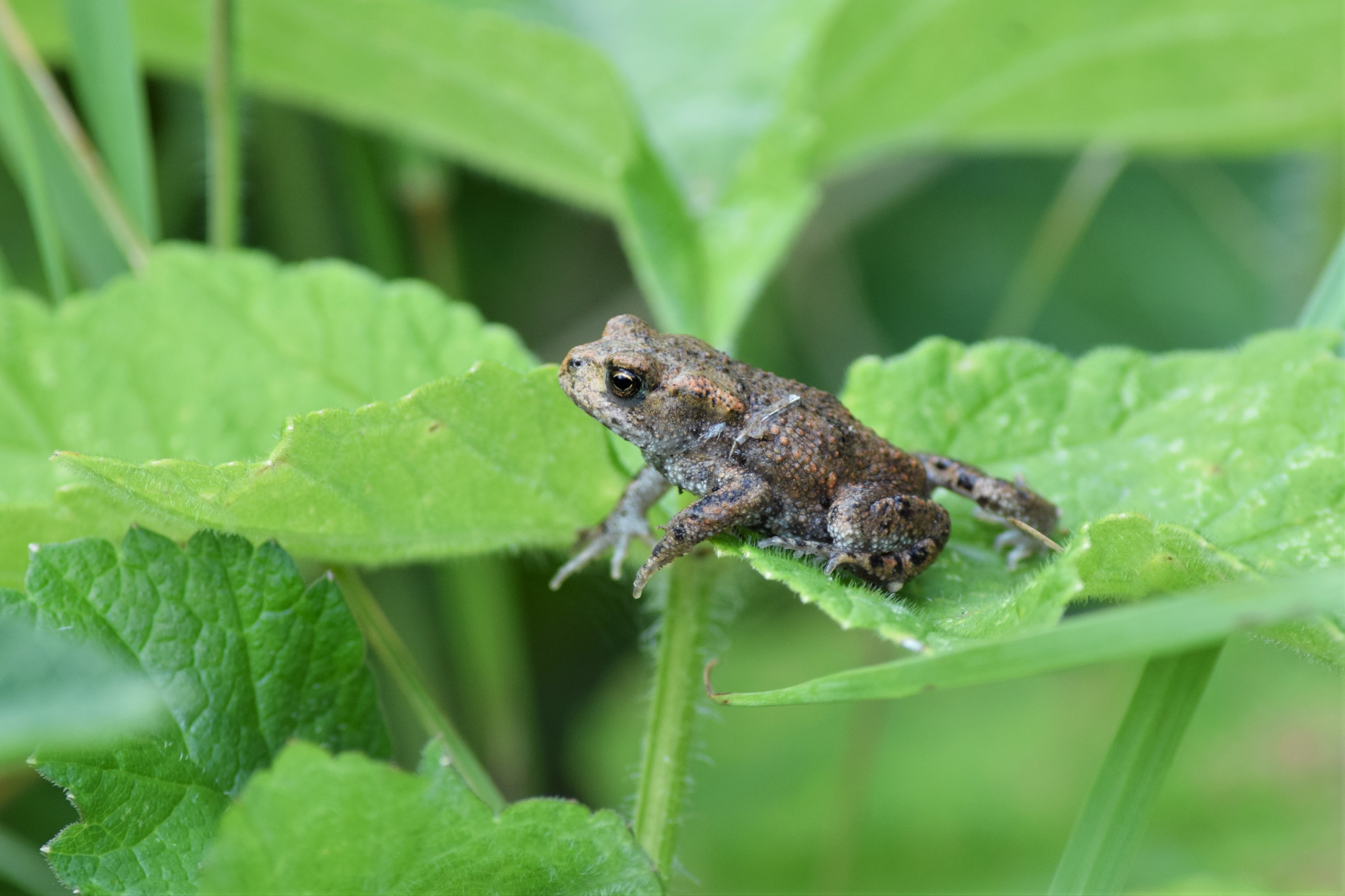Roadside gully pots are essential for road drainage, but can act as pitfall traps when small animals, including mammals and amphibians, fall through the grid and become trapped subsequently either dying of starvation, or being washed into the sewer system by rainwater. Studies by RAVON in the Netherlands (Gully pots death traps for amphibians, RAVON Report (2012)) and in Perth and Kinross (Amphibians in Drains Project 2012 - Perth and Kinross ranger service) have concluded that in some 'hotspot' areas roadside gullypots could collect significant numbers of amphibians during the breeding season, as well as later in the summer as they migrate away from their breeding ponds.
Although, we would like to see the problem tackled at source – preferably by not situating new roads/developments across known amphibian migration routes, and by installing 'small animal friendly' dropped kerbs and gullypot designs, we recognise that there are a large number of existing gullypots already causing a problem.
across known amphibian migration routes, and by installing 'small animal friendly' dropped kerbs and gullypot designs, we recognise that there are a large number of existing gullypots already causing a problem.
One solution that has been proposed is an 'escape ladder'. Studies by RAVON in the Netherlands have shown that an open structured synthetic matting, such as Enkamat, placed vertically in the gully pot (using various attachment methods including a mastic glue such as 'no more nails', bolts and washers - see: Fixing Enkamat to Gully pots – Initial findings in Sussex) can provide an effective means of escape.
ARGUK is keen to support this initiative and Sussex ARG has purchased a large roll of Enkamat which is available to groups or statutory bodies who would like to test it further. SxARG (contact Barry Kemp: This email address is being protected from spambots. You need JavaScript enabled to view it.) can now supply a 2m x 5m piece of Enkamat for £40 (inc P &P) to any ARG/interested party. This should be enough to create ladders for about 60 gully pots. Peter Minting of Amphibian and Reptile Conservation Trust (This email address is being protected from spambots. You need JavaScript enabled to view it.) also has supplies of Enkamat, for groups based in Scotland.
Image right: Enkamat fixed to a backing strip with bolts, copyright Trevor Rose, FAH
♥♥♥ ARC is planning a workshop on Amphibians in Drains in Scotland for September 2015 (for more information contact This email address is being protected from spambots. You need JavaScript enabled to view it.) ♥♥♥
THE IMPORTANT STUFF – HEALTH AND SAFETY
For groups contemplating experimenting with Enkamat we would highlight the following issues:
- It is important to identify which drains catch a lot of amphibians, in order to prioritise effort
- Permission should be obtained from the local roads department/authority before doing any work on drains/gullypots, and there are several health and safety issues which need to be addressed before starting work (see below).
- Appropriate training and equipment should always be obtained or provided to minimise these risks (any activity conducted under the ARGUK group insurance must have a risk assessment in place before-hand, and observe good practice as set out below).
- The effectiveness of the ladders should always be tested and data recorded
Possible risks to human health and mitigations:
- Injury or death caused by road traffic (there are recognised standards for how to work safely on roads, which might be achievable for ARGs on minor roads with lower speed limits and good visibility)
- This work should not be carried out on busy main roads – the risks are too great
- Potential for minor injury caused by lifting drain covers (e.g. back injuries, trapped fingers) – drain cover lifting tools are needed
- Risk of infection or toxicity due to contact with contents of drains (gloves and disinfectant recommended)
- Risk of injury to road users (e.g. cyclists) caused by attaching devices or materials to drains
- Attachment of mesh or other materials to drain covers is not recommended – this may be damaged and produce a trip hazard
- Any device fitted within a drain / gullypot should not interfere with the function of the drain
- Devices fitted within drains may be removed during routine cleaning by roads departments




